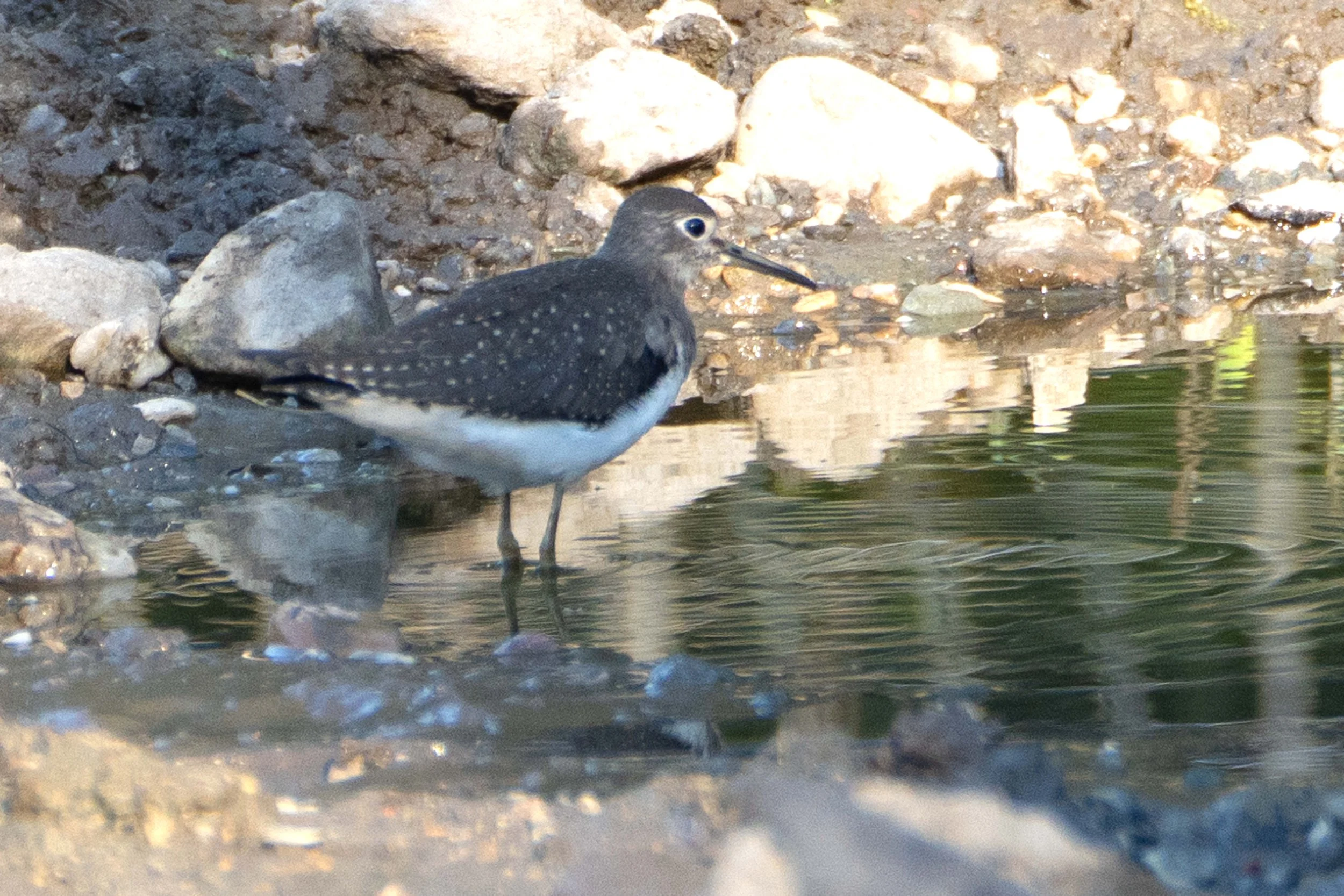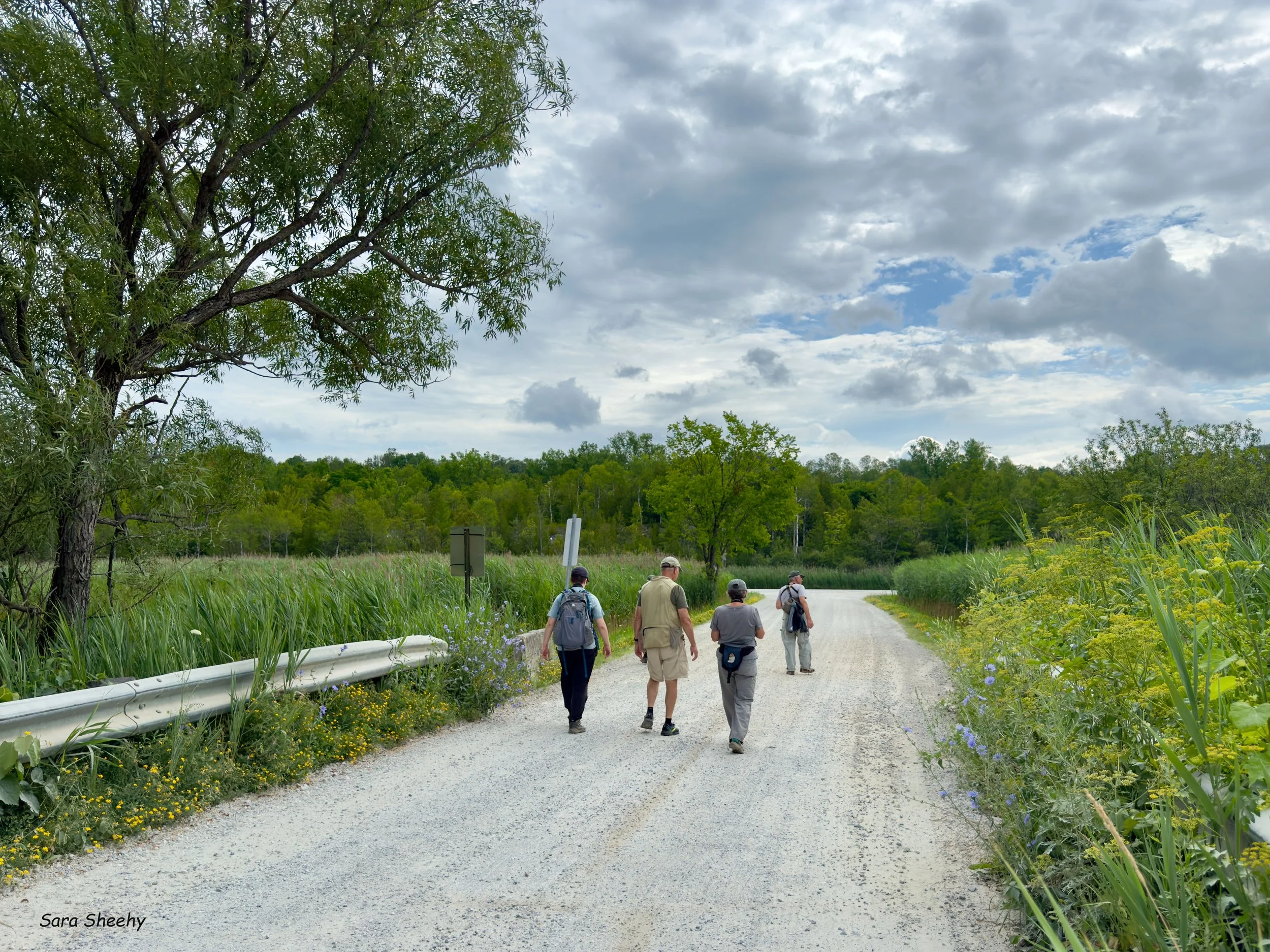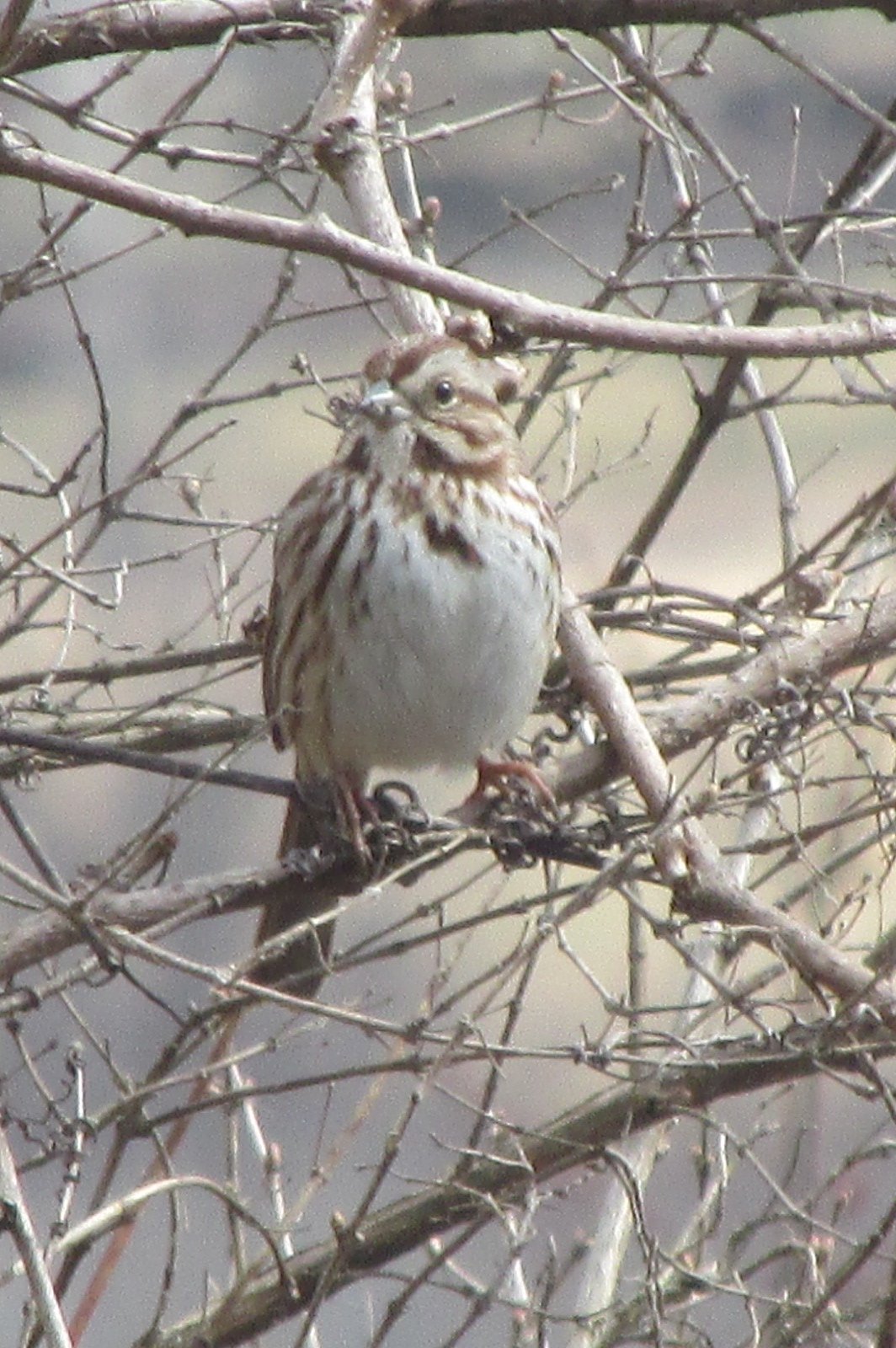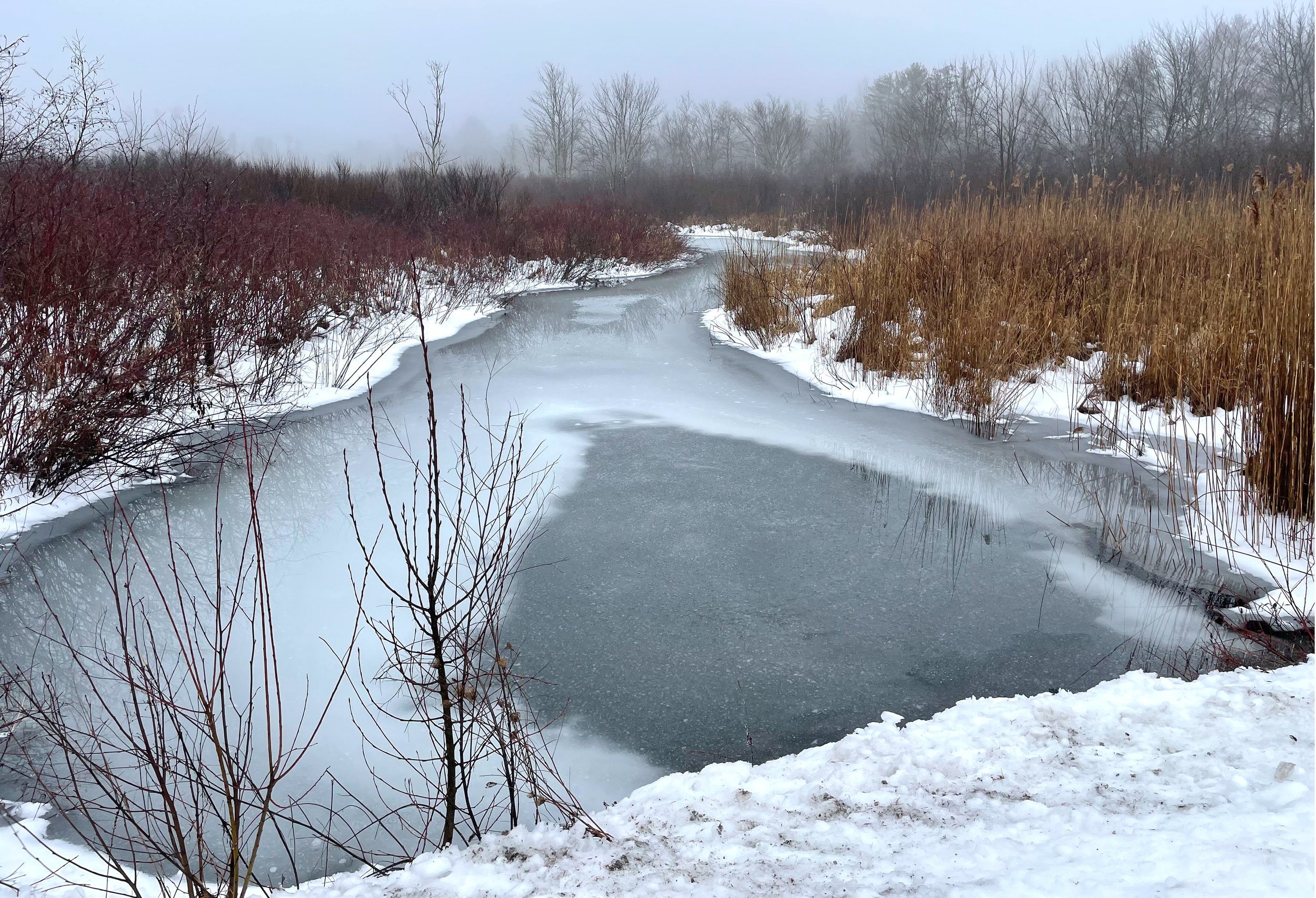It was a beautiful day for our monthly walk around West Rutland Marsh on September 11. We had the pleasure of four eighth graders from Christ the King School joining us, adding enthusiasm and sharp eyes! Our species count was 34.
The Whipple Hollow Trail meadow.
Highlights included 13 Broad-winged Hawks. Broad-wings have begun their southward migration, which pretty much wraps up within a two-week period. Other raptors included a Northern Harrier, two Red-tailed Hawks and two Merlins.
Marsh birds were fairly quiet. A Marsh Wren sang once and four Swamp Sparrows were spotted along with seven Red-winged Blackbirds.
Our only warbler species of the day was a Common Yellowthroat with three seen along the route.
Cedar Waxwings were seen in good numbers along with Gray Catbirds.
Gray Catbirds are everywhere this Fall!
For a complete list for the walk, check out our trip report here: https://ebird.org/tripreport/410810
A look back at September 20, 2001:
In our first year of monitoring, 10 participants tallied 36 species on our September walk. Although the species number was similar to today’s walk, some of the highlights of that day included Wilson’s Snipe, Cooper’s Hawk, Brown Thrasher, and Palm Warbler. A link to the eBird checklist for that day can be found here: https://ebird.org/checklist/S4418369







































